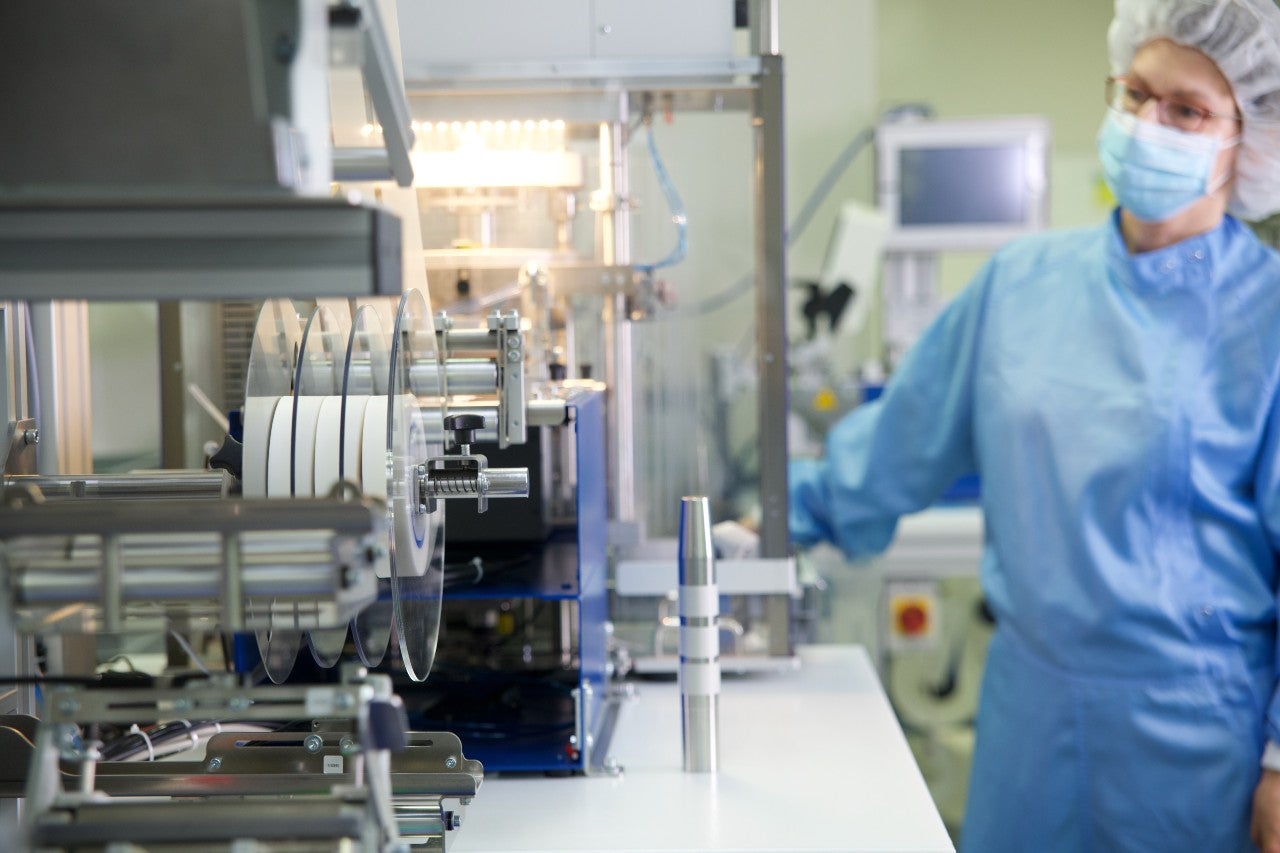
A chronic wound is a wound that does not heal in an orderly set of stages and in a predictable amount of time the way most wounds do. Wounds that do not heal within three months are often considered chronic. Chronic wounds seem to be delayed in one or more of the phases of wound healing.
All it takes is one quick accident or injury and a serious, chronic wound can form. For those with diabetes and vascular diseases, it doesn’t even require serious trauma; due to underlying neuropathy (sensory loss), foot ulcers can develop easily and frequently from everyday activities.
If chronic wounds were as quick and easy to treat as they are to occur, their prevalence would be less of a burden on healthcare systems. Unfortunately, this is not the case. Numerous factors can make wound care a difficult process. These include poor circulation, unresolved inflammation, neuropathy, and infection, as well as a lack of angiogenesis (formation of new blood vessels) and cell proliferation.
Choosing the correct wound care product becomes very important to ensure the wound has the best chance of healing quickly. And when faced with the above complications, the last thing a medical professional needs is further problems caused by the dressing itself.
The key challenges
Certain types of wound dressings have been linked to secondary injuries due to their strong adhesion. During the body’s healing process, granulating tissue forms within the wound cavity. At this stage, the wound bed is highly fragile and must be handled with care. When a high-adhesion product is removed, this not only causes pain to the patient but can disrupt this tissue growth and damage new capillaries, thus delaying the healing process further.
Another wound care challenge is fibre loss, or fraying. “Fraying leads to particulates inside the wound. This can cause infections and makes the cleaning of the wound more time consuming,” explains Marcel Rutz, global market manager for medical at leading technical fabrics supplier Sefar.
By using a woven fabric composed of monofilament yarn, the challenges around adhesion and fraying can be solved. Sefar MEDIFAB is a market-leading example of a high-quality fabric that promises to protect the fragile granulating tissue while ensuring no fibres, particles or cytotoxic substances enter the wound.
Contact dermatitis is a common type of inflammatory skin reaction caused by physical or chemical damage to the skin. Patients with sensitive skin can be very prone to this type of allergic reaction, and irritating wound care products can be a trigger. This kind of adverse reaction can have a detrimental effect on the wound’s healing process and should be avoided with products that have been thoroughly tested for sensitisation.
Even more serious is biocompatibility. Non-biocompatible materials cause toxic responses when exposed to the body. “Tests regarding biocompatibility and skin sensitisation have to be performed and passed. If a fabric is not ‘clean’ enough after processing, it can cause unpredictable and unwanted reactions. The wound climate can be influenced by changes in the pH value or by the introduction of cytotoxic substances,” says Rutz.
But Sefar MEDIFAB is manufactured on a validated production line, a process which helps to mitigate this problem for healthcare providers. “Sefar MEDIFAB is so clean it can not produce toxic or allergic reactions,” says Rutz. “The fabrics are suitable for short-term applications in products with contact to body surfaces (skin, mucous, injured or damaged main arteries) or products that come into contact with the body’s interior from the outside (blood vessel system, tissue, bone, dentine, circulating blood).
“Additionally, the MEDIFAB product line meets the requirements of ISO10993 as well as the requirements of the USP Biological Reactivity Testing <88>, USP Class VI Plastics Tests.”
Using Sefar MEDIFAB, the time it takes to mend a slow-healing wound can be shortened. “To reduce the burden of chronic wounds on healthcare, the treatment series should be reduced to a minimum of dressing changes,” explains Rutz. “This translates to less nurse visits to the patient’s home or less visits of the patient at the doctor’s office. With MEDIFAB, there is rapid exudate transfer and a faster healing process. Plus, longer application periods are possible, leading to overall cost savings for the therapy.”
To learn more about how Sefar MEDIFAB can help solve challenges of wound care management, download the technical paper below.


